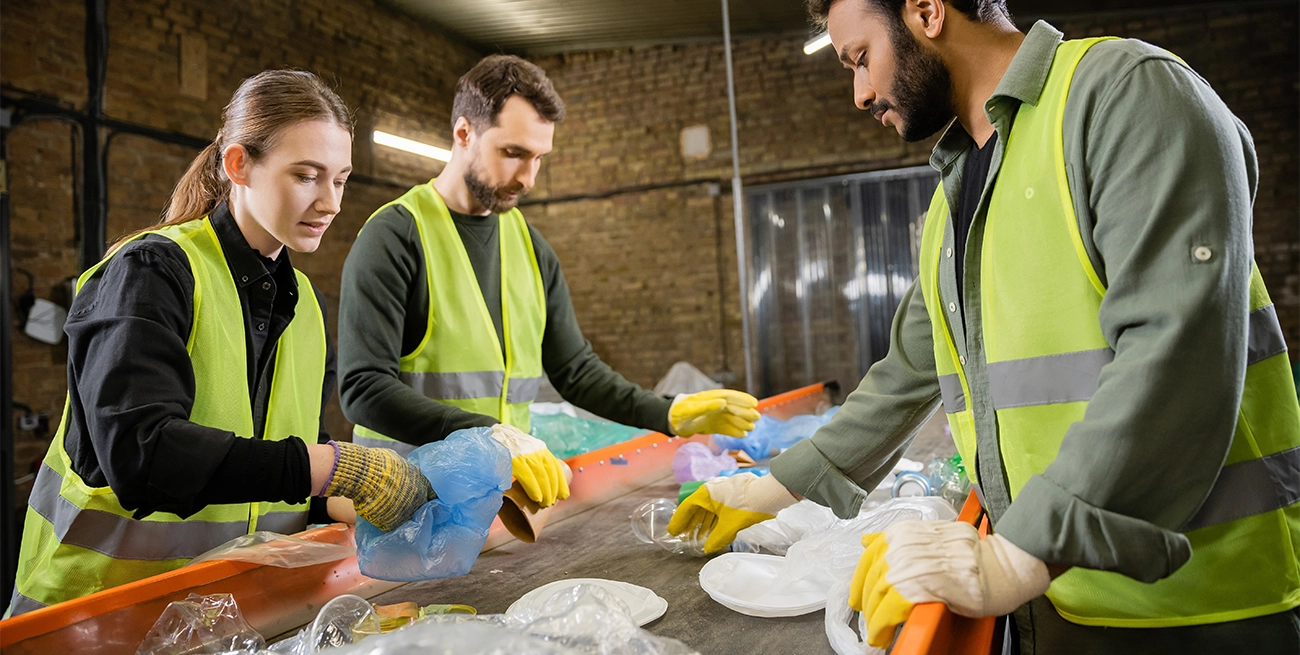How to Implement a Zero-Waste Program in Your Facility

Going zero-waste isn’t just about tossing recyclables in the right bin—it’s about rethinking how materials move through a facility. Waste adds cost, takes up space, and can turn into a compliance issue. Cutting it down to nothing might sound impossible, but with the right approach, it’s manageable. Many facilities find that once they get started, the benefits go beyond waste reduction.
Start with a Waste Audit
Guessing where waste is coming from won’t get you far. Before making changes, take a closer look at what’s being thrown away. Walk the shop floor, check trash bins, and see which materials show up the most. If a dumpster is overflowing with packaging, extra raw materials, or scrap, that’s a good place to start.
A few things to look for:
- Materials being discarded in large amounts
- Items that could be reused or repurposed
- Excess packaging from suppliers
- Common items that end up in the trash but could be recycled
If possible, track waste for a week to get a better picture of patterns. Once the main culprits are identified, it’s easier to find solutions.
Rethink Purchasing and Supply Chain
Many waste problems start before materials even arrive at the facility. Excess packaging, single-use containers, and low-quality supplies that wear out quickly all contribute to the pile.
Talk to suppliers about reducing packaging or switching to returnable containers. Some vendors offer bulk purchasing options that cut down on unnecessary waste. If raw materials generate a lot of scrap, see if there’s a way to adjust order sizes or specifications to minimize leftovers.
Set Up a Better Sorting System
If recyclables and reusable materials are ending up in the trash, the sorting system might be the problem. Employees won’t spend time figuring out where things go if the bins aren’t easy to use.
Color-coded bins, clear labeling, and designated drop-off points make a difference. If materials are getting contaminated—like food waste mixing with recyclables—better separation is needed.
Placing bins in convenient locations encourages better habits. If employees have to walk across the facility to recycle something, they’re less likely to do it.
Find Ways to Reuse and Repurpose
Not everything has to go in the trash or recycling bin. Some materials can be used again within the facility.
- Wooden pallets can be repaired instead of thrown out.
- Cardboard boxes can be reused for internal shipping.
- Scrap metal and offcuts can be repurposed for other projects.
- Empty containers might have secondary uses in storage or shipping.
Employees often have creative ideas for reusing materials, so getting their input can lead to unexpected solutions.
Reduce Waste at the Source
The easiest way to manage waste is to stop it from being created in the first place. A few ways to do this include:
- Switching to digital records instead of paper
- Adjusting machine settings to reduce material waste
- Training employees on efficient material use
- Working with suppliers to eliminate unnecessary packaging
If production processes generate a lot of waste, small changes in workflow can make a big difference.
Get Employees Involved
A zero-waste program only works if everyone participates. If employees don’t know why changes are being made, they won’t follow new procedures.
Clear communication, training sessions, and incentives help build engagement. Some facilities hold waste reduction challenges or set goals with small rewards. Others highlight employees who come up with waste-saving ideas. The more involved the team is, the easier it is to reach zero-waste targets.
Work with Recycling and Waste Management Services
Recycling rules vary by location, and some materials that seem recyclable might not be accepted in certain areas. Working with a recycling provider helps clarify what can and can’t be processed.
Some companies offer specialized recycling programs for things like electronics, industrial materials, or hazardous waste. Checking with local waste management services can uncover opportunities to divert more materials from landfills.
Monitor Progress and Adjust
Once the program is in place, regular checks keep things on track. If waste numbers aren’t going down, something in the system needs adjusting. Are the wrong materials still ending up in trash bins? Are employees skipping sorting because it’s inconvenient?
Tracking waste reduction over time helps identify what’s working and where changes are needed. Some facilities use waste audits every few months to see progress and catch problems early.
Make It a Long-Term Commitment
Zero-waste isn’t a one-time project—it’s an ongoing effort. Materials, processes, and suppliers change over time, so waste management strategies need to adapt. Regular reviews, employee feedback, and staying informed about new recycling options help keep the program effective.
A well-run zero-waste program doesn’t just cut costs—it improves efficiency, builds a better workplace, and keeps operations running smoothly. Once waste stops being a problem, everything else gets a little easier.


